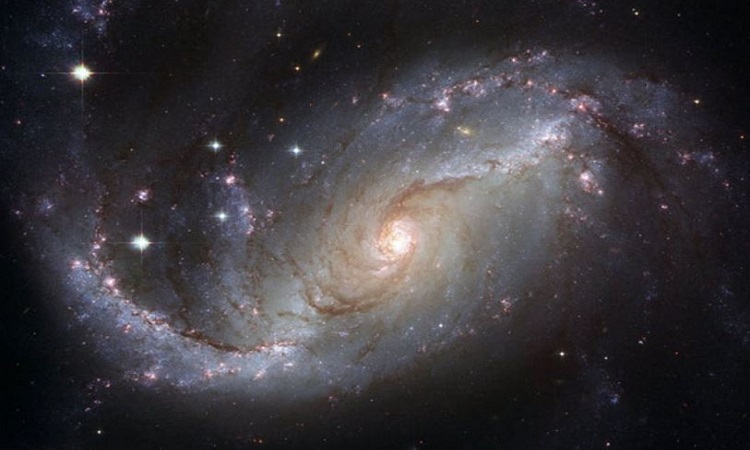Astronomers discover magnetic activity plays key role in exoplanet habitability
Astronomers have discovered evidence that some stars have unusually powerful surface magnetic fields, a finding that contradicts existing conceptions of how stars grow. Read further on Dynamite News:

Ohio: Astronomers have discovered evidence that some stars have unusually powerful surface magnetic fields, a finding that contradicts existing conceptions of how stars grow.
Researchers from The Ohio State University argue in a new study published in The Astrophysical Journal Letters that a new internal mechanism called core-envelope decoupling - when the surface and core of the star start out spinning at the same rate, then drift apart - could be responsible for enhancing magnetic fields on cool stars, a process that could intensify their radiation for billions of years and impact the habitability of their nearby exoplanets.
Surface magnetism is connected to the stellar spin of stars like our sun, in a mechanism comparable to the inner workings of a hand-cranked torch. Strong magnetic fields are observed in the hearts of magnetic sunspot areas, causing a variety of space weather events.
Until now, low-mass stars - celestial entities with less mass than our sun that may rotate either extremely quickly or slowly - were considered to have very low levels of magnetic activity, a belief that has positioned them as ideal host stars for possibly habitable planets.
The study was made possible by a technique developed earlier this year by lead author Lyra Cao, a graduate student in astronomy at Ohio State, and co-author Marc Pinsonneault, an astronomy professor at Ohio State, to make and characterise starspot and magnetic field measurements.
Also Read |
Moon to get first mobile phone network
Although low-mass stars are the most common stars in the Milky Way and are often hosts to exoplanets, scientists know comparatively little about them, said Cao.
For decades, it was assumed that the physical processes of lower-mass stars followed those of solar-type stars. Because stars gradually lose their angular momentum as they spin down, astronomers can use stellar spins as a device to understand the nature of a star’s physical processes, and how they interact with their companions and their surroundings. However, there are times where the stellar rotation clock appears to stop in place, Cao said.
Using public data from the Sloan Digital Sky Survey to study a sample of 136 stars in M44, a star crib also known as Praesepe, or the Beehive cluster, the team found that the magnetic fields of the low-mass stars in the region appeared much stronger than current models could explain.
While previous research revealed that the Beehive cluster is home to many stars that defy current theories of rotational evolution, one of Cao’s team’s most exciting discoveries was determining that these stars’ magnetic fields may be just as unusual – far stronger than predicted by current models.
“To see a link between the magnetic enhancement and rotational anomalies was incredibly exciting,” said Cao. “It indicates that there might be some interesting physics at play here.” The team also hypothesized that the process of syncing up a star’s core and the envelope might induce a magnetism found in these stars that would have a starkly different origin from the kind seen on the sun.
Also Read |
Antarctic Ozone hole is healing: IIT Kharagpur study
“We’re finding evidence that there’s a different kind of dynamo mechanism driving the magnetism of these stars,” said Cao. “This work shows that stellar physics can have surprising implications for other fields.”
According to the study, these findings have important implications for our understanding of astrophysics, particularly on the hunt for life on other planets. “Stars experiencing this enhanced magnetism are likely going to be battering their planets with high-energy radiation,“ Cao said. “This effect is predicted to last for billions of years on some stars, so it’s important to understand what it might do to our ideas of habitability.”
But these findings shouldn’t put a damper on the search for extraplanetary existence. With further research, the team’s discovery could help provide more insight into where to look for planetary systems capable of hosting life. But here on Earth, Cao believes her team’s discoveries might lead to better simulations and theoretical models of stellar evolution.
“The next thing to do is verify that enhanced magnetism happens on a much larger scale,” said Cao. “If we can understand what’s going on in the interiors of these stars as they experience shear-enhanced magnetism, it’s going to lead the science in a new direction.” (ANI)
 Dynamite News
Dynamite News 